Snake plants’ biggest charms are their tall and proud leaves, so seeing them turn downward is worrying for any snake plant owner.
Seeing the ever-so-resilient snake plant have drooping leaves may be a sign of a serious problem. Ignore it, and you might find yourself saying goodbye to your beautiful snake plant.
In this article, we’ll discuss all the possible problems that cause snake plants’ leaves to droop and how you can address them. So, get your pen and paper for your notes, and let’s keep that snake plant standing tall.
Overwatering
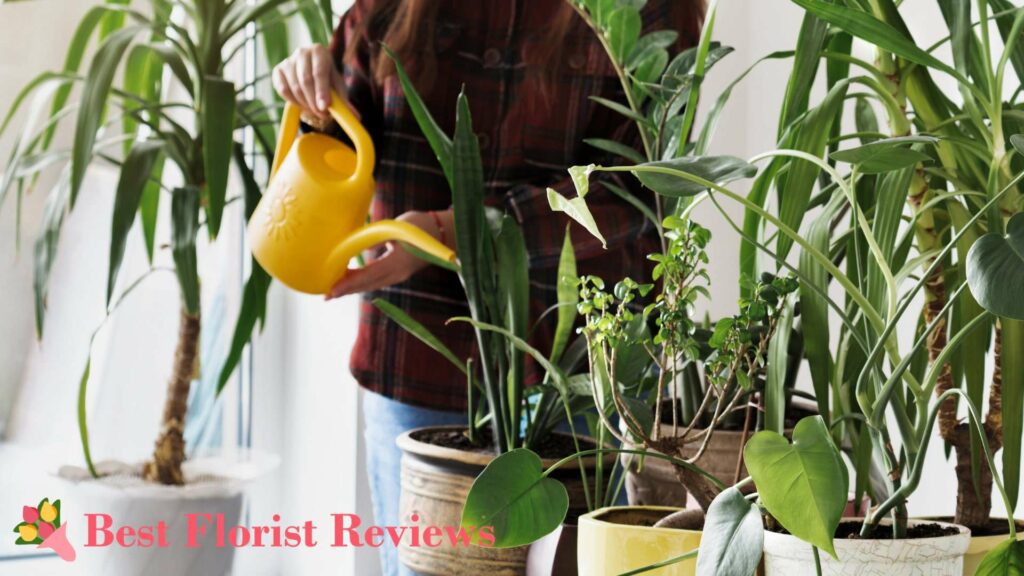

Overwatering can cause the leaves of snake plants to droop because of its adverse effects on the plants’ root system. They are adapted to hot, arid conditions and have shallow roots, which are susceptible to root rot if the soil is consistently moist.
Too much moisture will also hinder the plants’ ability to absorb oxygen. With reduced oxygen, they can suffocate, leading to weak and drooping leaves.
How to Fix Overwatering
Always check the soil’s condition before watering the plant. Make sure that at least three inches of the soil are completely dry to avoid too much moisture.
Snake plants usually only need watering every two to four weeks, but this isn’t always the case. Depending on the climate and various growing conditions, they may need more or less watering.
Underwatering
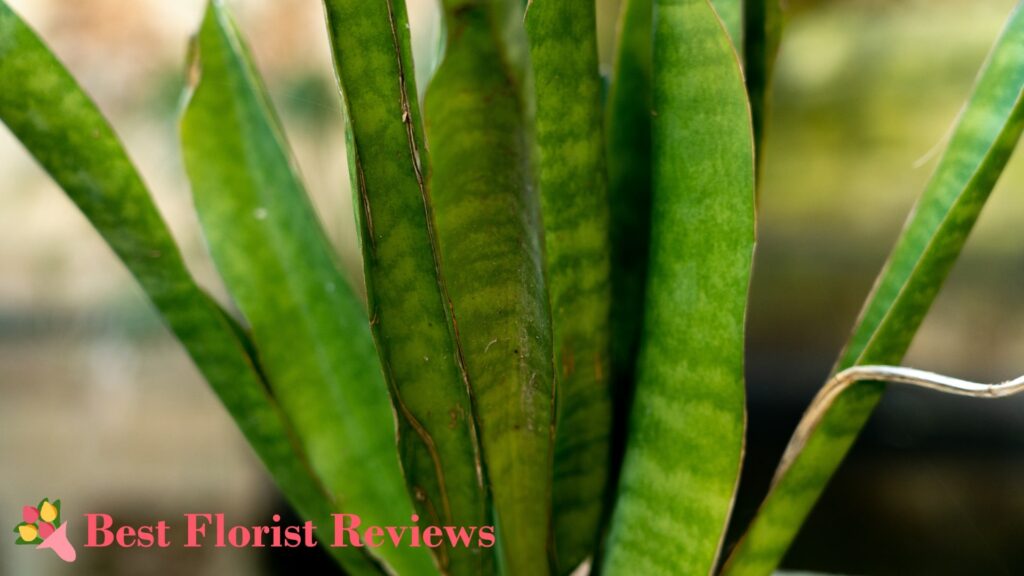

While snake plants are resilient to drought, severe underwatering can cause dehydration to the plant. When dehydrated, it will usually conserve its energy and minimize water loss by sacrificing some of its leaves, causing them to wither and droop.
Moreover, the roots may not be able to absorb enough nutrients if they’re too dry, leading to nutrient deficiency in the plant. This can lead to a bigger problem and may cause the entire plant to die.
The leaves will usually curl before they droop if the plant suffers from dehydration, so it’s quite easy to distinguish if the plant’s suffering from overwatering or underwatering.
How to Fix Underwatering
Whenever you water your snake plant, make sure to give it a thorough soak. Water it until you see water dripping from the holes of the pot to make sure it receives enough water.
The snake plant will absorb as much moisture as it needs and store it in its leaves to prepare for the drought that comes after the watering. After this, wait for the top three inches of the soil to dry before you water it again.
Although the plant generally requires watering every two to four weeks, it’s best not to set a watering schedule. Just check the plant’s condition every now and then to see when it needs watering again.
Poor Drainage
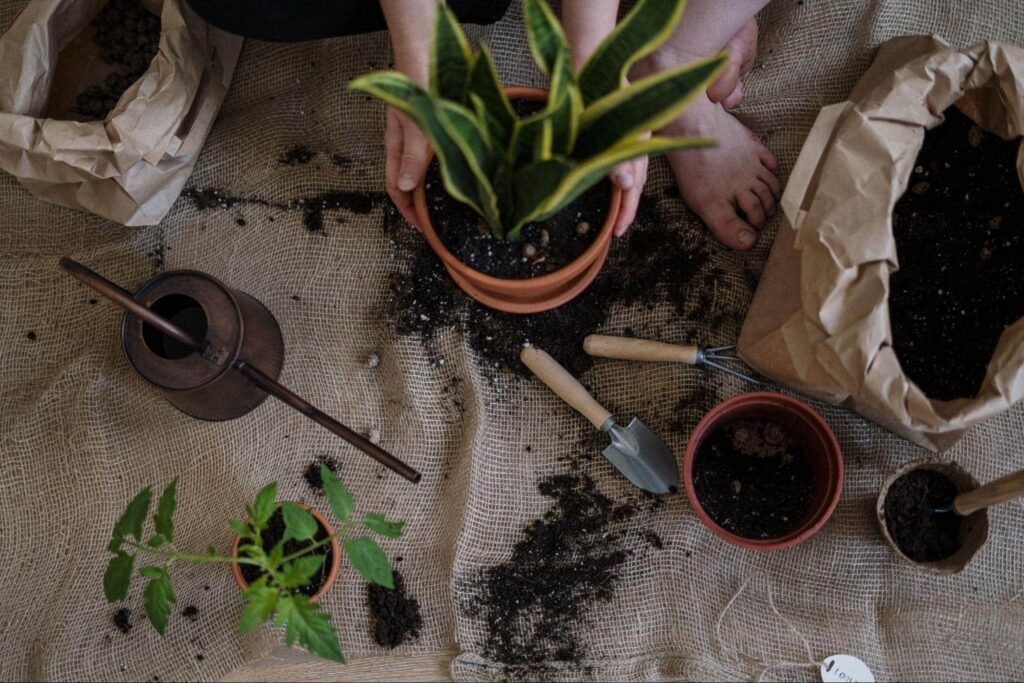

Even when you try not to overwater or underwater the snake plant, if the soil isn’t draining well, it will still likely suffer from root rot. When this happens, several issues can arise, including drooping leaves.
Without proper drainage, excess water can accumulate at the bottom of the pot, preventing the water from completely drying out between waterings. This creates a favorable environment for fungi and bacteria to grow, often leading to root rot.
How to Fix Poor Drainage
It’s crucial to ensure the snake plant is potted in well-draining soil and a pot with drainage holes. You can use succulent soil specially formulated for snake plants or create a well-draining soil mix.
If you suspect that the reason behind the leaves drooping is poor drainage, it’s best to repot the plant to a fresh and better soil mix.
Inadequate Light
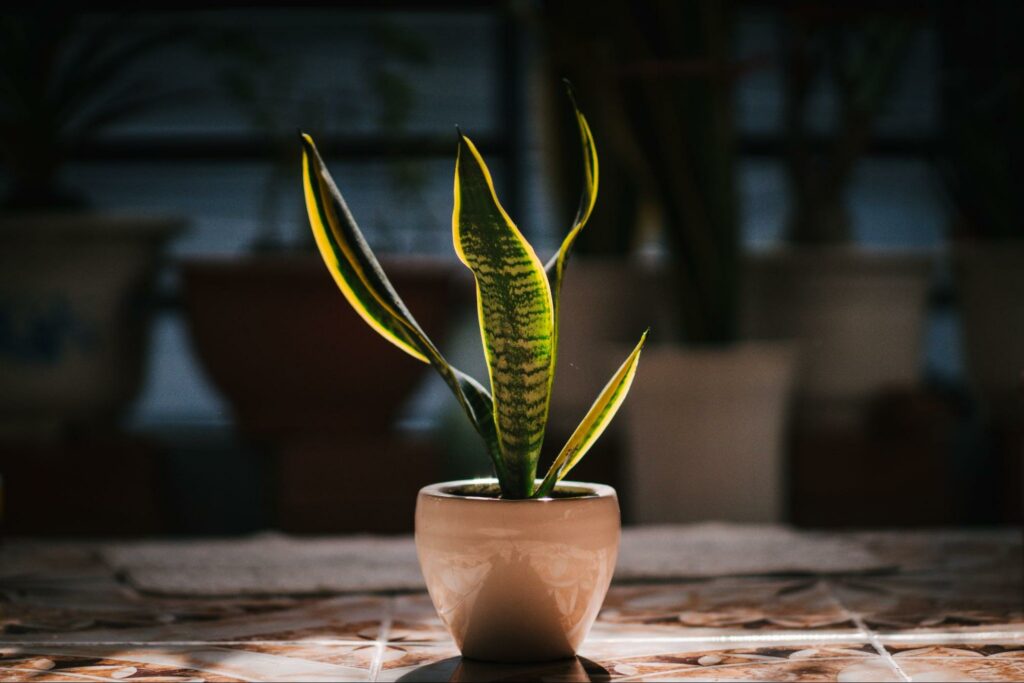

Snake plants are very hardy plants that can tolerate almost any light intensity. That doesn’t mean that putting them in low light conditions for an extended period will not have any effect on them.
If the plant doesn’t receive adequate light, it’ll struggle to carry out photosynthesis, which is an important process they do to produce energy. This will lead to weak and limp leaves over time.
Inadequate light also makes them more vulnerable to various stressors like overwatering and nutrient deficiency.
How to Fix Inadequate Lighting
Snake plants thrive when they receive at least six hours of bright, indirect light. Hence, it’s best to move them to a place where they can receive this amount of light.
If it’s impossible on your part to do this, at least 4 hours of light every day will be sufficient. You can either use natural light coming from the sun or provide them with artificial light
Extreme Temperature
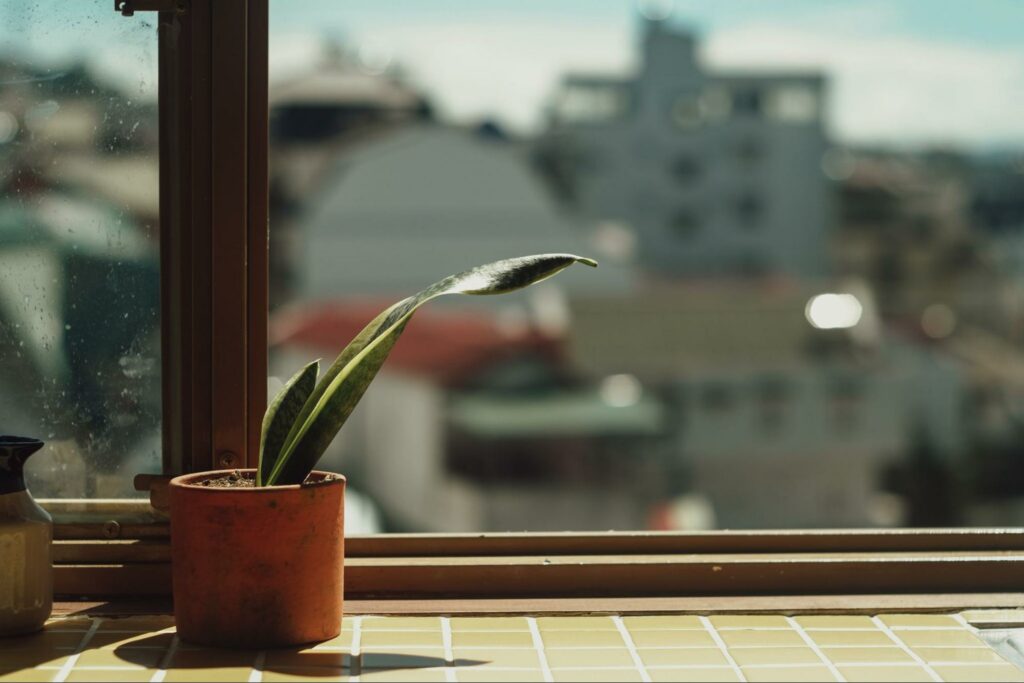

Extreme temperatures, whether excessively hot or cold, can stress a snake plant and lead to drooping leaves.
Snake plants are sensitive to cold temperatures, like most succulents. If exposed to frost or near-freezing conditions, the plants’ cells and tissues can get damaged, causing the leaves to be limp.
However, that doesn’t mean they should be placed in an extremely hot environment. If the temperature is too high, the rate of transpiration increases and the plants can lose water more rapidly than they can absorb from the soil, leading to dehydration.
How to Fix Extreme Temperature
Always maintain a temperature of 70 to 90 degrees Fahrenheit for the snake plant to grow healthily. Avoid letting the plant sit in a room with a temperature below 50 degrees Fahrenheit since this is already considered too cold for snake plants.
During winter, it’s best to move the plant away from the window since the cold from outside typically passes through the window. Move them near a heat source to ensure they get enough heat.
Root Binding


Snake plants don’t need repotting as much as other houseplants, so some forget to check if they’re outgrowing their pot already.
The plant may suffer from root stress when the roots become tightly packed and congested, which is a condition called root binding.
The limited space also hinders the roots’ growth, leaving the plant struggling to get the moisture and nutrients it needs to maintain healthy, turgid leaves.
When you see roots circling the inside of the pot or growing out of the drainage holes, then it’s likely that they’ve outgrown it already, and the plant needs to be moved to a bigger pot.
How to Fix Root Binding
If the snake plant’s leaves are already drooping because of being severely rootbound, the only way to save the plant is by transferring it to a bigger pot.
Gently tear the roots apart from the root ball and trim the overly long roots to promote healthy growth. Make sure not to trim more than ⅓ of the roots to avoid stressing the plant further.
After repotting, water the snake plant thoroughly to help the roots settle in the new soil mix. The new pot can generally last for 3 to 5 years.
Transplant Shock


Transplant shock is a common phenomenon in houseplants, including snake plants. This happens when the plant experiences stress after being transplanted from its original growing environment to a new one.
The plant’s roots are usually disturbed or damaged during repotting, causing a lot of stress on the plant. As a stress response, the snake plant’s leaves may start wilting or become limp.
As it adjusts to its new location, you will need to provide the plant with a lot of support. If the roots don’t regenerate, the plant may die.
How to Fix Transplant Shock
Make sure to use fresh, well-draining soil when you’re repotting your snake plant. Adding mulch and fertilizer to the soil may also benefit the plant and help it recover faster.
Water the plant thoroughly after transplanting and maintain proper watering practices afterward. Be careful not to overwater or underwater the snake plant to ensure faster recovery.
Lack of Nutrients
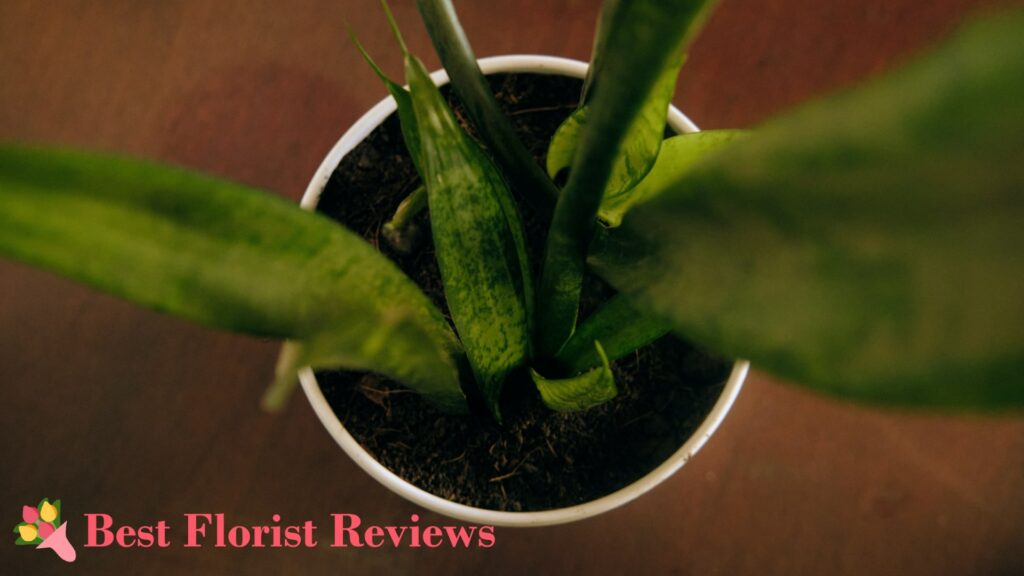

Snake plants are slow feeders and don’t need as much nutrients as other plants. Generally, the nutrients in most commercial potting mixes are enough to sustain the plant.
However, if the plant recently became rootbound or suffered from improper watering or fungal infection, it may need a nutrient boost to recover. If they don’t receive enough nutrients, they may exhibit several symptoms, including drooping leaves.
How to Fix Lack of Nutrients
Use a balanced, water-soluble fertilizer that’s specifically designed for indoor plants. This will give your snake plant the nutrient boost that it needs to recover from stress caused by various factors.
You can add fertilizer once a month during spring and summer since the plant actively grows during these seasons.
Pests and Diseases
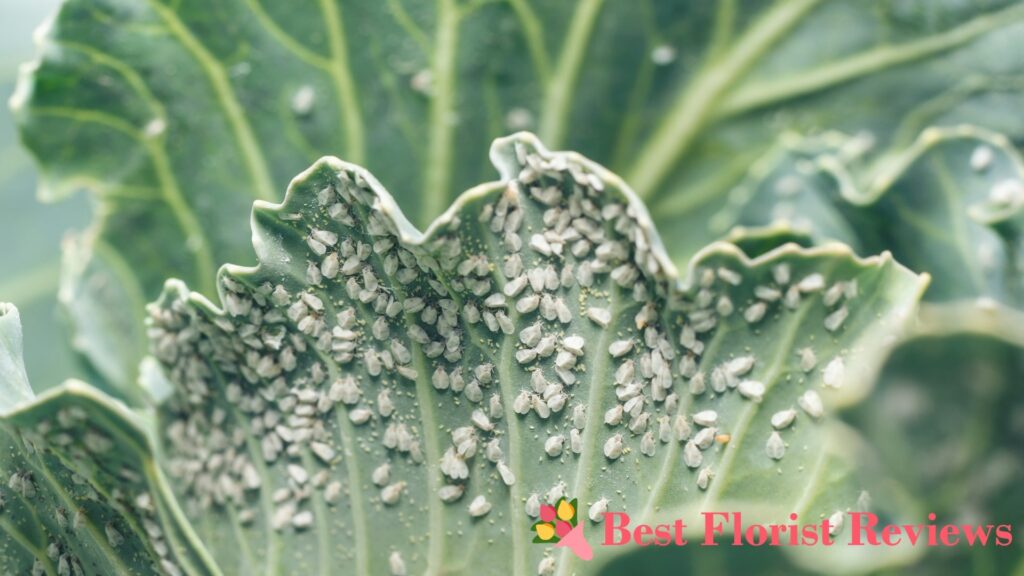

Pests like mealybugs, spider mites, and aphids suck the sap out from the leaves of snake plants by piercing them, causing damage to the plants’ cells. This will weaken the leaves if not addressed immediately, leading to them drooping.
Similarly, fungal and bacterial diseases can attack the leaves and cause discoloration. If the leaves turn yellow before becoming limp, there’s a high chance that the plant is suffering from a disease.
How to Fix Pests and Diseases
Conduct regular inspections on your snake plant for signs of pests or disease. Most pests will be visible to the naked eye, and you’ll also often find powdery mildew on the leaves, so it will be easy to spot a problem.
If the snake plant is infested, it’s best to isolate it from other plants during the treatment. To treat the plant, you can use insecticidal soap, neem oil, sticky traps, or natural predators like nematodes.



